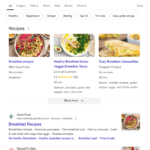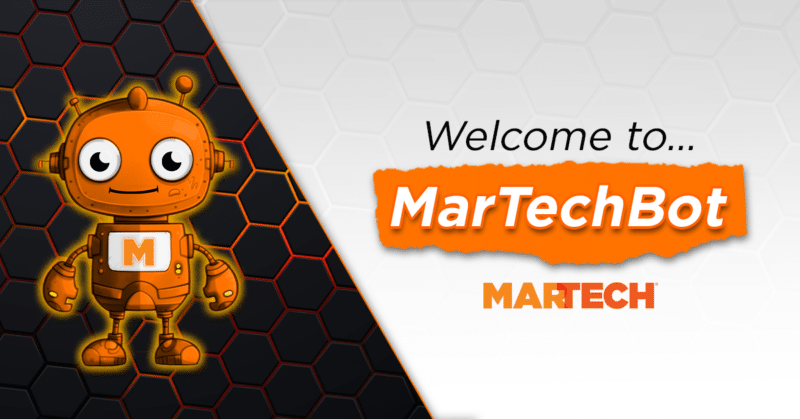It’s crunch time: eight weeks until your flagship conference.
- Sales and events aren’t even on the same page.
- Customer success is scrambling to find reference customers for panels.
- Product marketing wonders why their shiny new features aren’t getting more of the spotlight on the agenda.
It’s a familiar scenario for any company that’s ever hosted a large event.
The dirty little secret? Most conferences still happen in silos, squandering potential collaborations and, ultimately, watering down the impact. What could be a dynamic, company-wide opportunity becomes a fragmented, one-team show. And when the lights go out? Thousands of dollars in valuable event content are often left on the cutting room floor.
It doesn’t have to be this way. Bringing the right players together early can transform your event into a cohesive, well-practiced machine that drives value long after the last attendee heads home. Here’s why those first 90 days of planning are critical — and how to make each count.
First 90 days: Your playbook for a winning strategy
A few months ago, a global tech company was planning its annual user conference for 3,000 attendees. Traditionally, the events team owned the planning process, only looping in other teams about four months before showtime. But this time, we tried something new: nine months out, we gathered every team — from field marketing and web to PR, community and customer success.
The result? A unified event strategy where each team had clear, tangible roles and saw their unique value.
- Field marketing aligned incentives with their territory goals.
- Customer success mined quarterly business reviews (QBRs) for speakers.
- The community team planned pre-event meetups to drum up excitement.
This wasn’t just about getting “support” — it was about investment. When teams see how the event can drive their goals, they’re in it to win it.
Building your dream team: Every player counts
Think of event planning as assembling a championship team. Everyone needs a role and they need to know it from day one. Here’s your roster:
- Field marketing: Your ground game experts who know local dynamics.
- Web team: The digital home base for all things conference-related.
- Content and integrated marketing: Storytellers creating the narrative arc.
- Social media: The play-by-play commentators.
- Brand and design: Identity creators building your visual vibe.
- Demand gen: The scorekeepers.
- PR and media relations: Broadcasters extending your reach.
- Channel partners and community: The fan clubs driving attendance.
- Customer success: Talent scouts who know who’s got the best stories to share.
Each team brings a unique perspective. If you’re missing even one, you’ll feel the gap. The key is getting everyone in the game early so that every part of your strategy is airtight.
Dig deeper: 4 keys to digital events planning
The workshop framework: Aligning the team for success
This transformation starts with a workshop where each team of stakeholders brainstorms its role, developing several options for how they can best contribute (and benefit).
Here’s a simple playbook to make it happen:

Opportunity identification
Ask, “How can your team uniquely contribute?” This shifts the mindset from “help us out” to “how can we all win?” Each team uncovers how the event can help them achieve their own goals.
Audience definition
Different teams have different “customers” — prospects, partners and existing clients. Early audience mapping ensures targeted marketing campaigns and content tracks that resonate with every group.
Message development
What do each team’s audiences care about? Collaborative messaging sessions uncover angles the events team might miss on their own. Great ideas often pop up when you ask, “What would get your audience to attend?”
Success metrics
Clear, specific goals create accountability. Define these upfront, so each team knows what they’re aiming for — whether it’s lead gen, brand visibility or community engagement.
Next steps
Detail the support needed to keep momentum going after the workshop. Identify actions, owners and timelines to ensure nothing falls through the cracks.
Dig deeper: How small companies make a big splash with event content
Real-world results: Customer success and field sales
Here’s how this framework transformed one company’s approach to events. A workshop with the customer success team uncovered a gold mine of opportunity with several customers using advanced features who could inspire others.
They identified these customers during QBRs and recruited them as potential speakers. These compelling customer stories helped target customers due for renewal in Q3 and Q4. By rethinking their role, customer success became key players, not just supporters.
Metrics for success
They set goals to recruit speakers and track the renewal rates of attending customers within six months. They requested speaker proposal templates from the events team, a small step that saved time and led to better-prepared speakers.
The result: instead of scrambling to find speakers two months out, they had a pipeline of engaged customers ready to share their stories, creating a continuous content engine for the year.
And field sales? Initially, they weren’t thrilled about “another marketing event,” which they expressed… colorfully. However, when it was reframed during the workshop, sales management realized their teams could use the event as a catalyst for prospect meetings and an incentive for accounts showing renewal hesitation.
By positioning the event as a way to meet late-stage prospects and accelerate deals in the pipeline, sales went from reluctant participants to some of the event’s biggest champions.
Sales support tools
With customized prospect agendas, email templates and event highlights, they had everything they needed to build anticipation among their accounts.
Start your winning strategy now
Shifting from an event marketing-driven monologue to a cross-functional collaboration isn’t easy. It takes time, coordination and, yes, more meetings. But the payoff? It’s massive. When every team sees the event as their event, magic happens.
Your event isn’t just another marketing initiative — it’s a company-wide opportunity to make a lasting impact. Gather your dream team, put these workshops into play and start building something extraordinary.
Because, in the end, events are a team sport. The best time to get everyone in the game is right now.
Dig deeper: Beyond attendance: Unlocking B2B growth with event-led strategies
The post How to align teams early with a strategic event workshop appeared first on MarTech.

![How I Use Landing Page Split Testing to Find Untapped Marketing Potential [+ 12 Places to Start]](https://bloggerseo.com.ng/wp-content/uploads/2025/01/how-i-use-landing-page-split-testing-to-find-untapped-marketing-potential-12-places-to-start-150x60.png)







